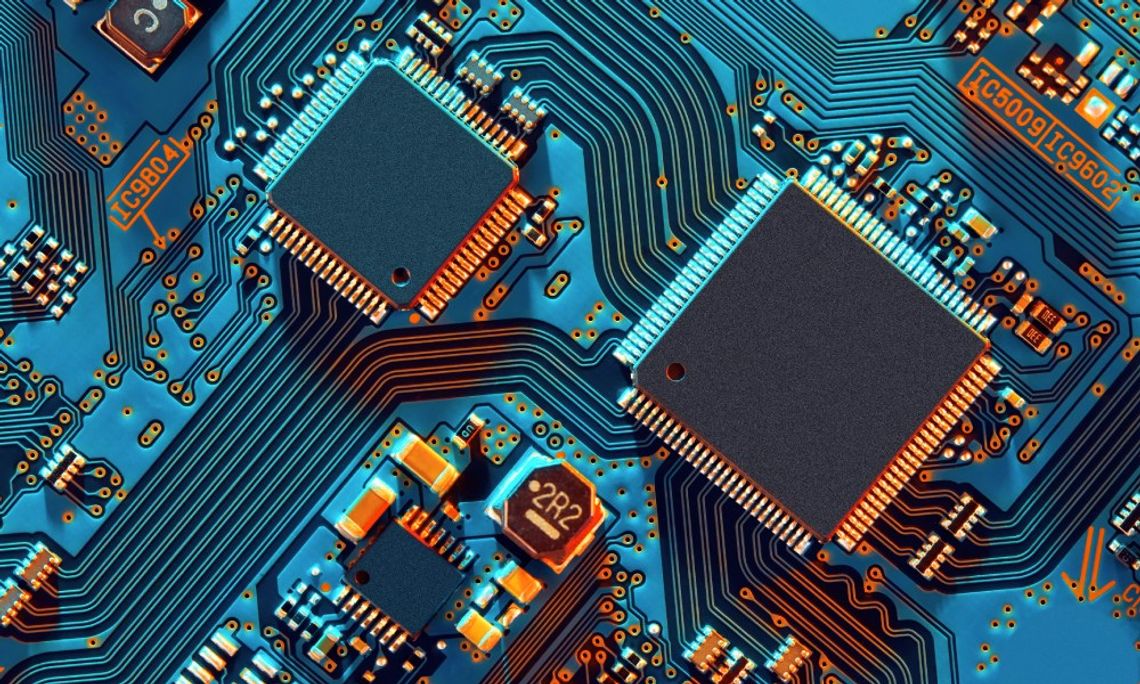Circuit boards are the backbone of modern electronic devices, playing a crucial role in their functionality and performance. As such, protecting these intricate assemblies from damage is of the utmost importance. Whether you're dealing with moisture, dust, mechanical stress, or electrical interference, each hazard poses a significant risk to the integrity and longevity of circuit boards.
Let's look at the top ways to protect circuit boards from damage and keep your devices running smoothly for years to come.
Proper Handling and Storage
Some of the most common causes of circuit board damage are mishandling during transportation and improper storage. These sensitive components are easily affected by physical shocks, vibrations, and static electricity. To protect them, always handle circuit boards with care and use anti-static packaging when storing or transporting them. Additionally, avoid stacking heavy objects on top of stored circuit boards to prevent any potential damage.
Keep Moisture at Bay
Moisture is another significant threat to circuit boards, as it can cause corrosion and short circuits. Whenever possible, store circuit boards in a dry environment with controlled humidity levels between 30–60 percent. If you're working in a humid environment, consider using a dehumidifier to reduce moisture levels. It is also crucial to keep circuit boards away from sources of water or any other liquids.
Shield Against Dust and Debris
Dust and debris are notorious for causing electronic failures by clogging air vents, fans, and heat sinks on circuit boards. To prevent this, store and operate your devices in a clean and dust-free environment. Regularly cleaning the area around the circuit board can also help remove any potential contaminants.
Use Protective Coatings
Applying protective coatings such as silicone, parylene, or acrylic can add an extra layer of protection against moisture, dust, chemicals, and mechanical stress. These coatings act as a barrier between the delicate components of the circuit board and any potential hazards. They are also highly flexible and can withstand extreme temperatures, making them ideal for a variety of environments.
Proper Circuit Board Layout Design
The layout design of a circuit board plays a crucial role in its overall protection. By considering factors such as trace widths, spacing, and component placement, you can reduce the risk of short circuits and electromagnetic interference. Additionally, proper layout design can also improve heat dissipation and prevent overheating, which is another common cause of circuit board damage.
Regular Maintenance and Inspections
Regular maintenance and inspections are essential for detecting any potential issues with your circuit boards before they escalate into major problems. This step includes checking for loose components or traces of damage, cleaning dust buildup, and testing for electrical continuity. By keeping a close eye on your circuit boards, you can catch and address any issues early on, preventing costly repairs or replacements in the future.
Circuit board damage can significantly impact the performance and lifespan of electronic devices. However, by following these top ways to protect circuit boards from damage, you can ensure they continue functioning at their best for years to come. Circuit boards and breakers are one of the main components of an electrical control panel, requiring specific care. By taking the time to handle, store, and maintain your circuit boards properly, you can save yourself both time and money in the long run.


Comment
Comments